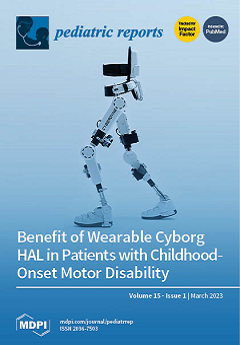Introduction: Recent series of congenital anomaly (CA) rates (CARs) have showed the close and epidemiologically causal relationship of cannabis exposure to many CARs. We investigated these trends in Europe where similar trends have occurred. Methods: CARs from EUROCAT. Drug use from European Monitoring Centre for Drugs and Drug Addiction. Income data from World Bank. Results: CARs were higher in countries with increasing daily use overall (
p = 9.99 × 10
−14, minimum E-value (mEV) = 2.09) and especially for maternal infections, situs inversus, teratogenic syndromes and VACTERL syndrome (
p = 1.49 × 10
−15, mEV = 3.04). In inverse probability weighted panel regression models the series of anomalies: all anomalies, VACTERL, foetal alcohol syndrome, situs inversus (SI), lateralization (L), and teratogenic syndromes (TS; AAVFASSILTS) had cannabis metric
p-values from:
p < 2.2 × 10
−16, 1.52 × 10
−12, 1.44 × 10
−13, 1.88 × 10
−7, 7.39 × 10
−6 and <2.2 × 10
−16. In a series of spatiotemporal models this anomaly series had cannabis metric
p-values from: 8.96 × 10
−6, 6.56 × 10
−6, 0.0004, 0.0019, 0.0006, 5.65 × 10
−5. Considering E-values, the cannabis effect size order was VACTERL > situs inversus > teratogenic syndromes > FAS > lateralization syndromes > all anomalies. 50/64 (78.1%) E-value estimates and 42/64 (65.6%) mEVs > 9. Daily cannabis use was the strongest predictor for all anomalies. Conclusion: Data confirmed laboratory, preclinical and recent epidemiological studies from Canada, Australia, Hawaii, Colorado and USA for teratological links between cannabis exposure and AAVFASSILTS anomalies, fulfilled epidemiological criteria for causality and underscored importance of cannabis teratogenicity. VACTERL data are consistent with causation via cannabis-induced Sonic Hedgehog inhibition. TS data suggest cannabinoid contribution. SI&L data are consistent with results for cardiovascular CAs. Overall, these data show that cannabis is linked across space and time and in a manner which fulfills epidemiological criteria for causality not only with many CAs, but with several multiorgan teratologic syndromes. The major clinical implication of these results is that access to cannabinoids should be tightly restricted in the interests of safeguarding the community’s genetic heritage to protect and preserve coming generations, as is done for all other major genotoxins.
Full article






